The world economy is a global economy that includes the cost of all goods and services provided. Usually the latter is measured in US dollars for the convenience of comparing national indicators. Concepts such as international and world economy are often used as synonymous terms. However, in the literature it is customary to separate them. The international economy as a term is used in contrast to the national, while the world economy is a combination of production of all countries.

Characteristic
It is customary to value the world economic economy in money even in cases where it is difficult to do. For example, drugs and other products sold on the black market are often not taken into account. The world economy system is characterized by the following features:
- Strengthening the interconnectedness of states and deepening transnationalization.
- The formation of relatively closed trade and economic regional blocks and integration groups.
- World economies are increasingly liberalizing their policies and opening up their markets.
- The influence of cyclical development of economies on the entire system.
- The dominance of the intellectual information factor in national and world development.
- The widening gap in income levels within countries and in the international community.

Brief information
- The population is 7.095 trillion.
- Gross domestic product: nominal - 77.609 trillion dollars. USA - by purchasing power parity – 106,998.
- GDP growth - 3.4%.
- Gross domestic product per capita: nominal - 10 857 dollars. USA - at purchasing power parity - 15,073.
- The number of dollar millionaires is 0.15%.
- People who earn less than $ 2 a day - 3.25 billion.
- The unemployment rate is 5.4%.
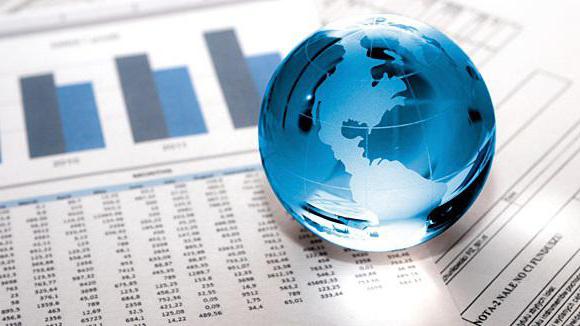
Background
The world economy began to take shape a long time ago, but it was finally formed only at the turn of the 19th and 20th centuries. Great geographical discoveries, the emergence of modern vehicles and the deepening of market relations have made a great contribution to this. The Westphalian world with the recognition of the sovereignty of states laid the foundation for the existence of the world as a system. At this time, the exploration and capture of new lands is completed. The sectors of the world economy were much less diverse then than now. The structure was also different. Agriculture dominated, in industry - such sectors of the world economy as coal mining, ferrous metallurgy, simple mechanical engineering. In those days, transnational companies were not numerous, there were almost no international organizations and integration associations. However, the world was in many ways much more liberal than it is now. It existed on a political and economic basis.
The structure of the world economy
In the scientific literature and in everyday life, such concepts as “world economy” and “international economy” are increasingly used, but there is no common understanding of their essence yet. This is due to the fact that they are characterized by the multiplicity of their constituent elements, multi-level and hierarchical. The structure of the world economy includes such components:
- Territory.
- Natural resource potential.
- Capital (accumulated stock of funds in productive, monetary and commodity form, necessary for the creation of commodity goods).
- Labor and labor.
- Infrastructure.
- Technology (scientific methods for achieving practical goals, including entrepreneurial abilities).
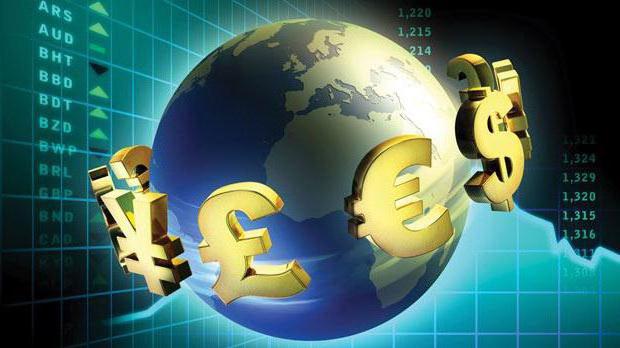
Industry and functional measurement
The role of the world economy in the functioning of individual national economies is increasing. Related to this is an increased interest in its study. It is customary to single out the sectoral, functional and territorial structure of the world economy. The first characterizes the relationship between the various divisions of the economy. There are several separate spheres. The primary industry includes mining and agriculture. To secondary - manufacturing industry. The tertiary area includes transport, communications and services. Quaternary - management, education, science and culture. All of them are closely interconnected. However, the trend is a gradual decrease in the value of the primary and secondary spheres and an increase in the tertiary and quaternary.
The functional structure of the world economy reflects the international aspect of the division of labor. Each state fulfills its role, specializing in a particular production. However, the geography of the world economy shows that the "lower floors" (mining of metal ores, cultivation agricultural crops) occupied by developing countries. And they are always trying to win a place "higher."
Geography of the world economy
The territorial structure reflects the correlation in the nature of the distribution of states in the "Center - periphery" system, as well as by specialization areas. For all sections, it is expressed in physical and value terms. Using these indicators, you can characterize the main types of proportions:
- Renewable. They represent the most important correlation in the productive forces of society, they are significantly dependent on internal and foreign policy in the country.
- Intersectoral. Reflect the division of social production into large units (agriculture, industry, services). Industries are distinguished within them.
- Territorial. Reflect the relationship between the spatial structures of the economy. It allows one to consider the distribution of productive forces, the distribution of centers of economic gravity and activity.
- Functional. In the global aspect, the existence of such an aspect is manifested in the fact that the "lower floors" are concentrated in developing countries. The development of the world economy is the history of the struggle for a "higher" place.
- In foreign economic relations. They characterize the import and export of products (between countries and regions), reflecting the openness of national economies and their dependence on imports.
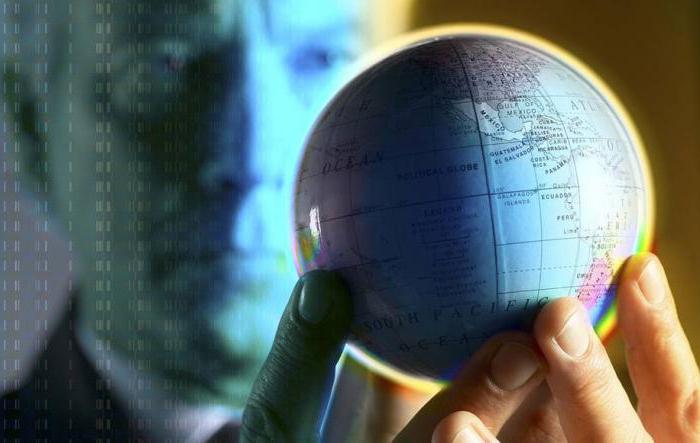
Main areas
All countries of the world are divided into three large groups in accordance with their socio-economic development. The first includes states that are members of the OECD. The second includes countries that were formed after the collapse of the USSR. They are called states with economies in transition. Developing countries, in turn, include four subspecies: new industrial, "rich islands", oil exporters, the weakest. The criteria for classifying states by world economy are the nature of their economy (market or transitional) and socio-economic level. The indicators of the latter are:
- The volume of gross domestic product and national income per capita.
- Total population and percentage of able-bodied people.
- Sectoral structure of gross domestic product.
- The level of consumption of material goods.
- Development of social and industrial infrastructure.
- The level of education and culture of the population.
- Social differentiation and social security of citizens.
Laws, laws and principles of development
The modern world economy is a dialectical struggle of unity and opposites. One of the main contradictions in the development of human society is the difference in interests. On the one hand, we have a social character of production. On the other, a private-ownership form of appropriation of its results.In addition, the formation of the world economy takes place in a constant struggle between countries for the "number of storeys". Scientific and technological progress not only does not reduce the severity of this contradiction, but, on the contrary, strengthens it. Therefore, the gap between the levels of socio-economic development is only growing. The functioning of the world economy is affected by a number of laws: value, international competition, uneven growth, and internationalization of production.
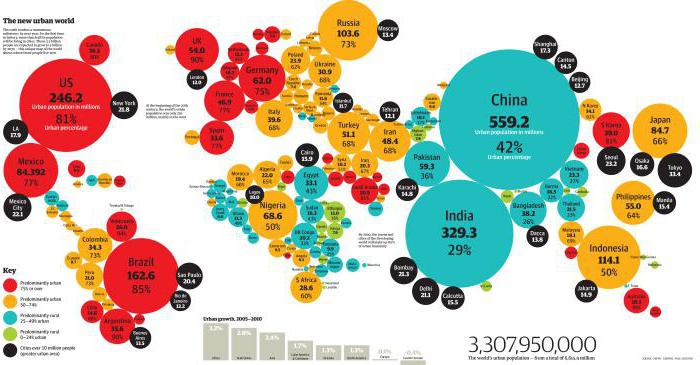
The main principles are as follows:
- Saving socially useful costs (according to A. Weber).
- The ability to extract maximum profit (according to A. Lesh).
- The ecological principle of rational use and environmental protection.
- Accounting for the international geographical division of labor.
- Preservation of ecological balance.
- Rationality of production location.
- The limitation of centralism.
Scorecard
The level of development of the world economy, the proportions of its sectoral, functional and territorial structure can be expressed in kind and in value terms. The most important indicators since the 1950s are gross domestic and national products. GDP is the total value of goods and services that are produced per year in a particular country or region. When calculating this indicator, the nationality of the subjects is not important. GNP is the total value of goods and services produced per year by legal entities and individuals registered in the state. When calculating this indicator, nationality is important, and the territorial location of the entities is not taken into account. If there are many foreign enterprises and workers in the country, then GDP will be more than GNP.
An important indicator of the functioning and development levels of the world economy is the structure of gross domestic product and employment. It gives an idea of the levels of labor productivity in sectors of the economy in various regions and in the world as a whole. So, a group of the most developed countries. By the share of employment in agriculture, all countries are divided into four categories.
Stages of economic growth
Human society has gone through several stages in its development. According to Marxist dialectics, these are historical social formations: primitive communal, slaveholding, feudal, capitalist, communist. Each of them corresponds to a certain level of development of productive forces and social relations. There is also a civilizational approach. According to him, certain elements of the world economy began to take shape even during the time of the Roman Empire. It received a significant impetus in the era of great geographical discoveries. There are three stages of development of the world economy. The pre-industrial stage lasted more than three thousand years. At this time, manual labor prevailed. The overwhelming majority of the population was engaged in agriculture. The standard of living of most ordinary people in this period is extremely low. Wealth was determined by the amount of land and livestock. A person’s place in society was determined by the estate to which he belonged from birth.
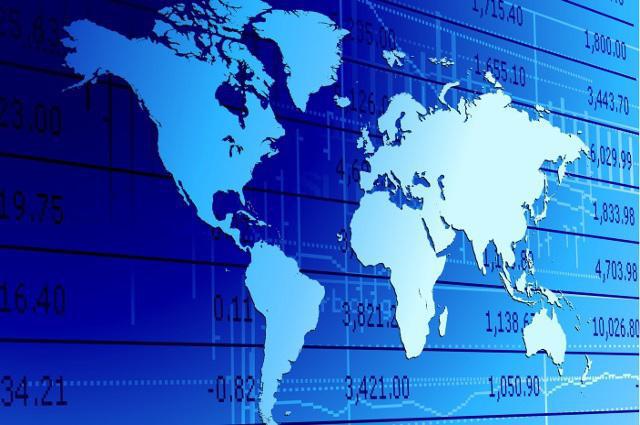
The industrial stage of development began about 300 years ago. She went through four stages:
- The formation of simple and labor-intensive industries.
- The formation of basic areas of production.
- Integrated electrification and mechanization of the economy.
- Universal automation of the economy.
It is believed that the post-industrial stage begins after humanity or an individual state reaches a level of development when less than 15% of the population is engaged in material production. The United States, Germany and Japan have come close to this stage. Most of their population is employed in the service sector. However, many researchers note that so far no country in the world has reached the indicators of a post-industrial society.In their opinion, in the case of the United States, we are still talking about the final stage of the previous stage.
Global problems
In the process of functioning, the national economies of individual countries have to deal with many problems of exo- and endogenous nature. The development of the world economy largely depends on their effective resolution. Global problems are interrelated issues of a planetary scale that threaten humanity with serious regression or death. They require an urgent and urgent solution through the joint efforts of the entire world community. Among them are the following:
- The problem of overcoming poverty and underdevelopment. It is characteristic of developing countries. As you know, 2/3 of the world's population live in them. Therefore, it is often called the problem of overcoming the backwardness of developing countries. To date, it has not only not been resolved, but has also become more acute, despite the efforts of the IMF, IBRD and other regional financial and credit institutions.
- The problem of peace and demilitarization. In the last century, with the invention of nuclear weapons, humanity first faced the direct threat of destruction. Today, the issue of local conflicts, military refugees and terrorism is becoming increasingly acute.
- Food and demographic issue. This issue is most acute in the same developing countries, where part of the population does not even have access to clean drinking water.
- The problem of natural resources. The introduction of alternative energy sources comes to the fore.
- Ecological problem. As a result of unsustainable nature management can become a threat to human health and slow down the further development of the global economy.
Sustainable development strategy
It is believed that the stages of the world economy are replaced in accordance with the requirements of the time. Progress directly depends on this. Sustainable development implies an economic growth that does not jeopardize the ability of future generations to meet their needs. Central to this issue is the consideration of long-term environmental impacts. In addition, it is important to ensure stability and reduce the negative impact of cyclical business activity, since due to globalization, problems in one country will necessarily lead to a complication of the situation in others.
The modern world economy is a complex organism, the functioning of which depends on a number of factors. And the increasing interdependence of national economies leads to the fact that problems in one sector or country are immediately reflected in all other participants in the division of labor.








